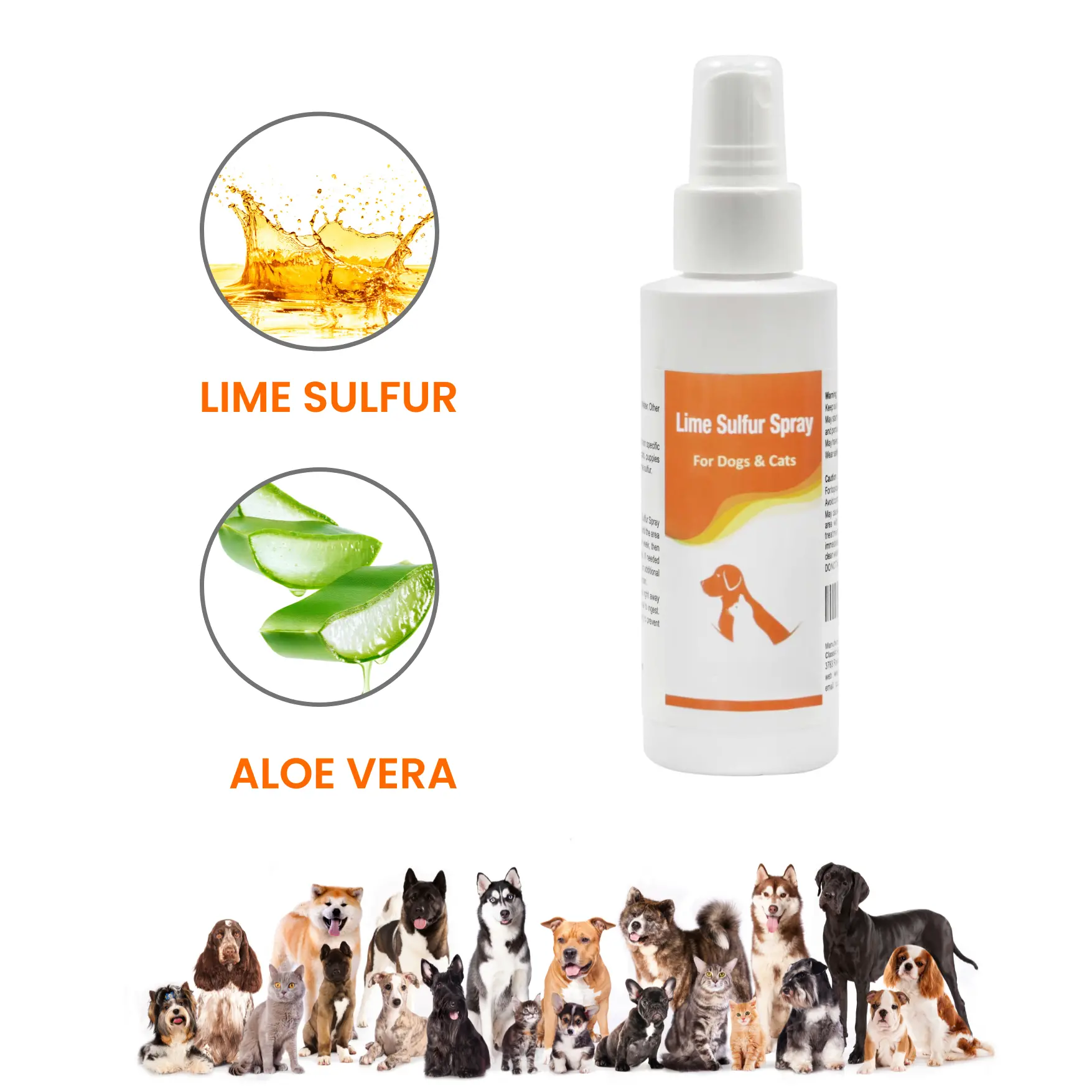
How to Select the Best Collar or Harness for Your Pet: A Comprehensive Guide

Choosing the right collar or harness for your pet is a critical decision that impacts both their comfort and safety. Whether you’re a new pet owner or looking to upgrade your pet’s current gear, it’s essential to find the perfect fit that suits your pet’s needs and lifestyle. With so many options available, making the right choice can feel overwhelming. At SparkyPetPalEmporium.com, we want to help you navigate this important decision with ease.
Here’s a guide to help you select the best collar or harness for your furry friend.
1. Understanding the Difference Between Collars and Harnesses
Before diving into specific options, it’s important to understand the key differences between collars and harnesses and when each is most appropriate.
Collars
Collars are the traditional choice for many pet owners. They wrap around the neck and are easy to put on and take off. Collars are often used for attaching ID tags and can be a good option for well-behaved pets who don’t pull excessively when on a leash.
Pros of Collars:
- Convenient for quick walks
- Ideal for carrying ID tags and contact information
- Easier to put on and remove than harnesses
- Suitable for dogs that don’t pull
However, for pets that tend to pull on their leash, collars can put unnecessary strain on the neck and throat, which may cause injury over time. This is especially true for small dogs or those with respiratory issues.
Harnesses
Harnesses distribute pressure evenly across the pet’s chest and back, rather than focusing it on the neck. They are a safer option for pets that pull or have delicate necks. Harnesses also give pet owners more control, making them ideal for training and longer walks.
Pros of Harnesses:
- Distributes pressure, reducing the risk of injury
- Provides better control over pulling dogs
- Ideal for dogs with neck or respiratory issues
- Helps discourage pulling behavior during walks
- Harnesses, however, can be more challenging to put on and may feel bulkier for some pets. That said, with the right fit and material, a harness can be a comfortable and secure option for most pets.
2. Choosing the Right Size for Your Pet
Size is one of the most important factors when selecting a collar or harness. A poorly fitting collar or harness can cause discomfort or even injury to your pet, while a properly fitting one will ensure both safety and comfort.
Measuring for a Collar
To find the correct collar size, use a soft measuring tape to measure around your pet’s neck. You should be able to comfortably fit two fingers between the collar and your pet’s neck once the collar is fastened. This ensures the collar is snug but not too tight.
- Too tight: If you can’t fit two fingers between the collar and your pet’s neck, it’s too tight and may cause discomfort or restrict breathing.
- Too loose: If the collar slips over your pet’s head easily, it’s too loose and may come off during walks or activities.
Measuring for a Harness
To measure for a harness, you’ll need to take measurements of both the neck and chest. The chest measurement is taken around the widest part of your pet’s ribcage, behind the front legs. Like with collars, you should be able to fit two fingers between the harness and your pet’s body.
When fitting a harness, ensure that it doesn’t rub against sensitive areas such as the underarms or neck. The harness should be snug but not too tight, allowing for free movement without risk of escape.
3. Materials and Durability
Collars and harnesses come in a variety of materials, each offering different levels of durability, comfort, and style. Here are some of the most common materials used:
Nylon
Nylon is one of the most popular materials for both collars and harnesses. It’s lightweight, durable, and available in a wide variety of colors and designs. Nylon is resistant to wear and tear, making it a great option for active pets that spend a lot of time outdoors.
- Pros: Affordable, durable, and easy to clean.
- Cons: Can be uncomfortable if not padded; may fray over time if exposed to harsh elements.
Leather
Leather collars and harnesses are known for their durability and classic appearance. They are generally more expensive than nylon options but tend to last longer if cared for properly. Leather is also softer on the skin over time, becoming more comfortable as it ages.
- Pros: Stylish, durable, and softens with use.
- Cons: Requires maintenance (cleaning and conditioning); can be more expensive.
Neoprene
Neoprene is a soft, padded material often used for harnesses. It’s water-resistant and quick-drying, making it ideal for pets that enjoy swimming or spending time in wet environments. The added padding ensures comfort, even during long walks.
- Pros: Comfortable, water-resistant, and good for active dogs.
- Cons: Can be bulkier than nylon or leather options.
Mesh
Mesh harnesses are popular for small dogs and puppies. The lightweight, breathable material is comfortable and provides support without feeling too restrictive. Mesh is also ideal for warm climates, as it allows for better airflow.
- Pros: Lightweight and breathable.
- Cons: May not be as durable as nylon or leather for larger, stronger dogs.
4. Special Features to Consider
Beyond material and fit, there are other features to consider when choosing the best collar or harness for your pet. These additional features can improve safety, comfort, and convenience.
Quick-Release Buckles
A quick-release buckle allows for easy removal of the collar or harness. This is especially useful if you need to take the collar or harness off quickly, such as in an emergency or if your pet becomes tangled.
Reflective Stitching or Strips
If you often walk your pet at dawn, dusk, or night, collars and harnesses with reflective stitching or strips are a great safety feature. They help increase your pet’s visibility to passing vehicles, reducing the risk of accidents.
Padded Straps
For pets with sensitive skin or those prone to chafing, padded collars and harnesses provide extra comfort. Padded straps can help prevent irritation, especially during longer walks or active play.
Dual Leash Attachments
Some harnesses come with two leash attachment points—one on the back and one on the chest. The front attachment is especially helpful for training dogs that pull, as it gives you more control over their movements.
5. Final Considerations for Puppies vs. Adult Dogs
When selecting a collar or harness, keep in mind whether your pet is still growing. Puppies will need a collar or harness that can adjust as they grow, while adult dogs may benefit from a more secure, long-lasting option. It’s also important to regularly check the fit of your pet’s collar or harness, especially for puppies, as they may outgrow it faster than expected.
For older dogs, comfort should be a top priority. Opt for padded, lightweight materials that won’t strain their joints or cause discomfort during walks.
Conclusion
Choosing the best collar or harness for your pet comes down to finding a balance between comfort, safety, and durability. By taking accurate measurements, considering your pet’s behavior and needs, and selecting the right material, you can ensure that your pet stays comfortable and secure while out and about.
At SparkyPetPalEmporium.com, we offer a wide range of collars and harnesses designed to meet the needs of every pet, whether they’re a relaxed companion or a high-energy adventurer. Explore our collection today and find the perfect fit for your furry friend!
Latest Post

Sparky Pet Pal Emporium
Sparky Pet Pal Emporium Fall and Winter Apparel
OUR BLOG
Latest Post

How to Select the Best Collar or Harness for Your Pet: A Comprehensive Guide
Choosing the right collar or harness for your pet is a critical decision that impacts both their comfort
Sparky Pet Pal Emporium Fall and Winter Apparel
Cold temperatures and winter months are now just around the corneer Stop over to Sparky Pet Pal Emporium
Sparky Pet Pal Emporium
Maybe you just looking for new and unique products to care for your pets, You spend a lot


